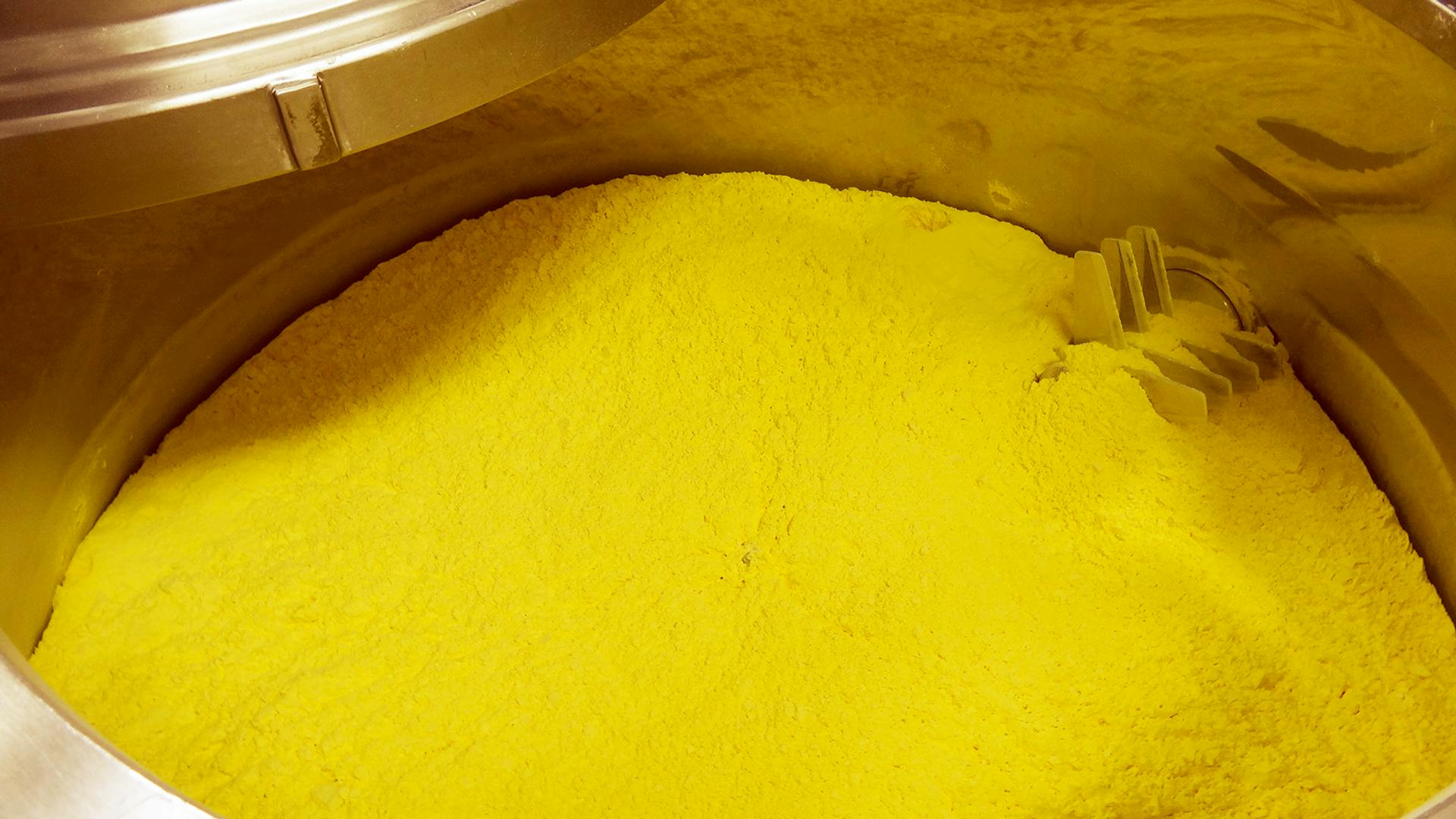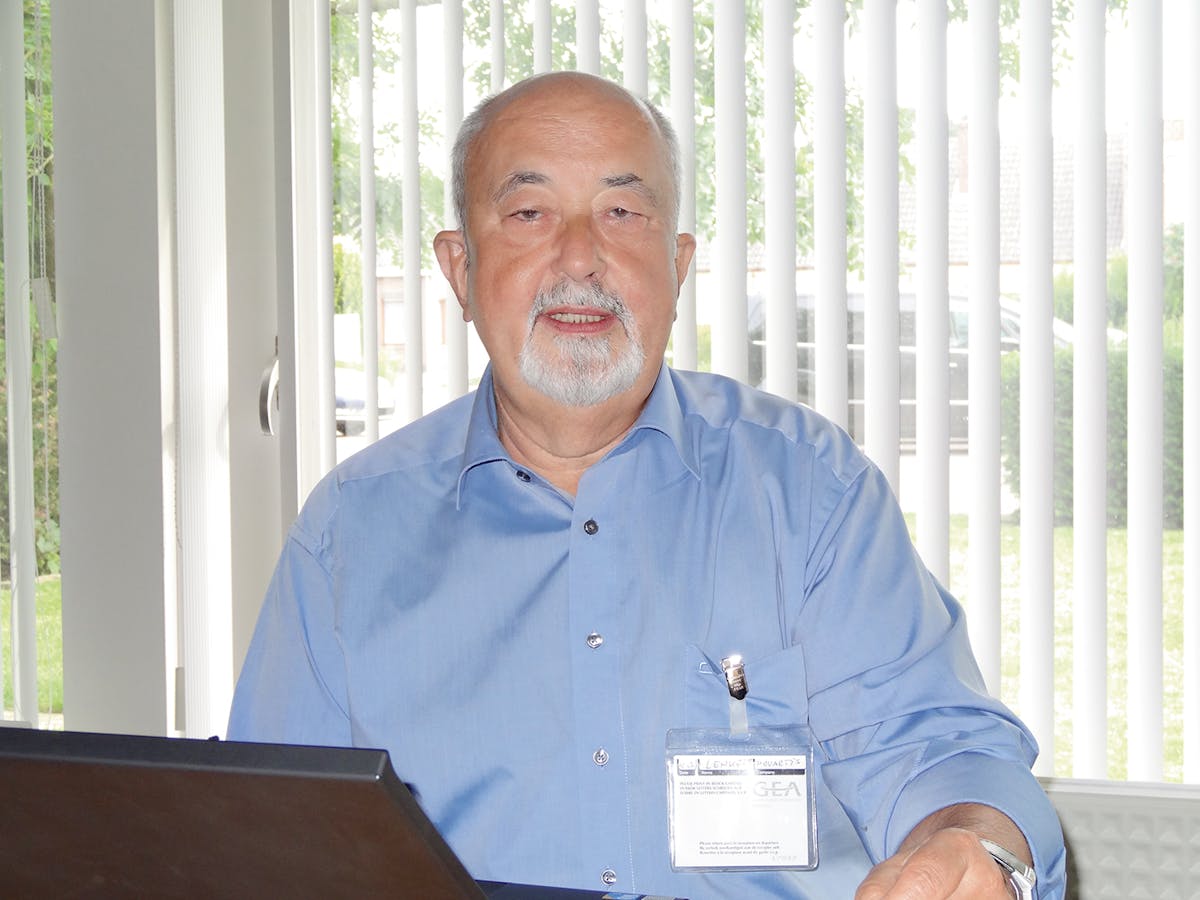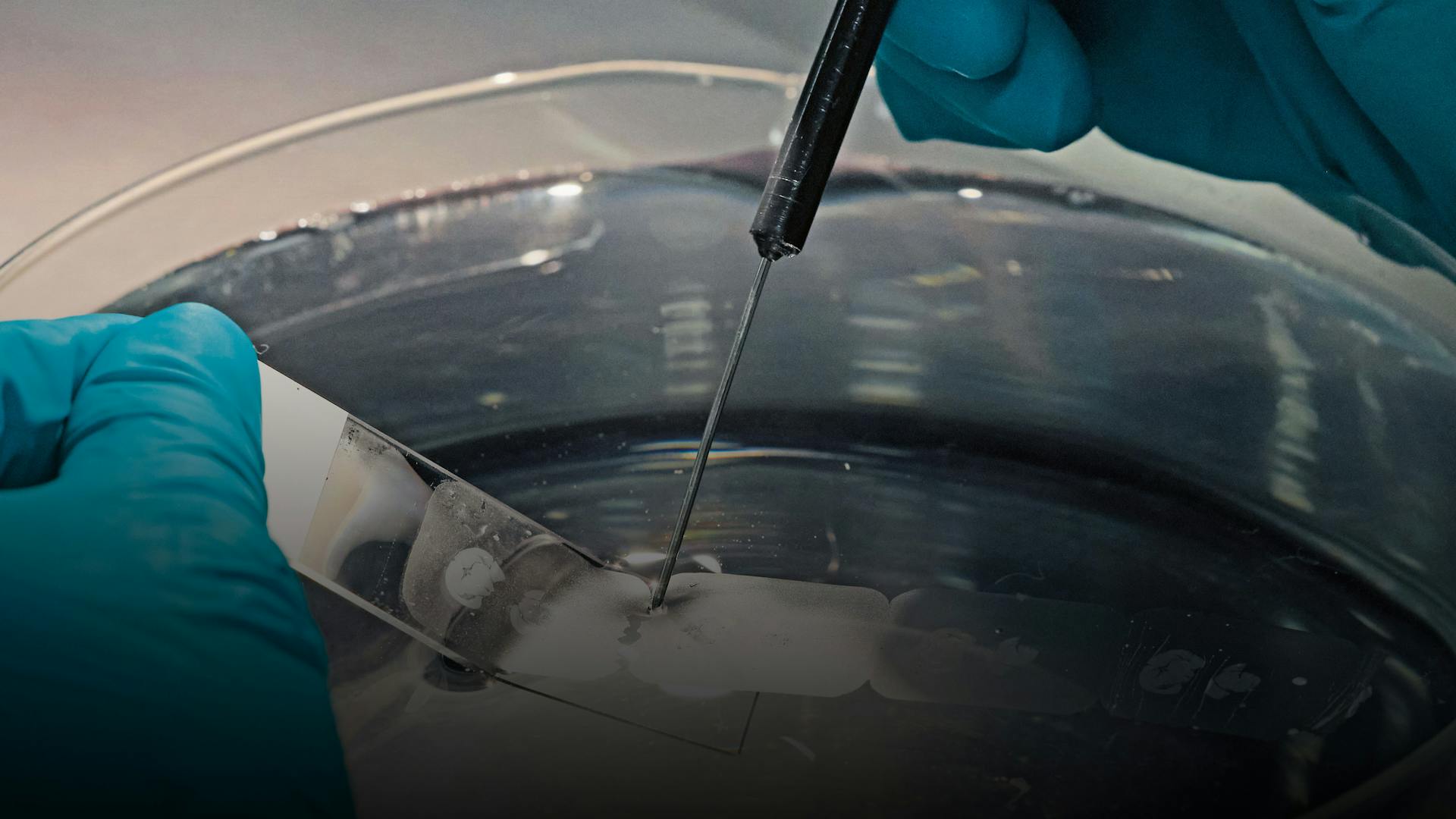
Detlef Lenkeit during his assignment in Suffern.
This article was originally published in June 2015.
PrimeForce gives retired Novartis associates the opportunity to continue working for the company on specifically defined tasks according to requirements. This enables them to offer their knowledge, experience and connections to move important projects forward.
One of these “not-so-retired” pensioners is Detlef Lenkeit. Before retiring, he was Head of Process Technology and Validation for Solids in Stein. “I was in charge of all launch products, everything that came out of development, through to production readiness, and of course also the commercial products that had already been introduced,” he relates.
The transition from retirement to his consulting work as a member of PrimeForce was smooth, as Lenkeit explains: “Just one day after my retirement on April 30, 2006, I was already working for PrimeForce.”
Lenkeit subsequently worked on various projects in Russia, Brazil and other countries.
Shortly after these assignments, he was asked if he would be willing to conduct a technical assessment of an external supplier in China with regard to the possible production of the antimalarial drug Coartem there. Lenkeit agreed. He had only just returned from China when the Novartis factory in Kurtköy, Turkey, also emerged as a future production site.
Vast quantities
Coartem is a key component of the Novartis Malaria Initiative amid which the company is striving to improve access to treatments in Africa and Asia, which are most affected by this disease. Coartem is a combination drug which is administered in fixed doses and contains two active substances: Artemether eliminates the symptoms and lumefantrine kills the parasites that cause the disease.
The drug is produced as a pill in three different dosage forms: The standard form with 20 milligrams of artemether and 120 milligrams of lumefantrine, a children’s form that has the same dosage but is rapidly soluble, and a high-dosage form.
Since 2001, Novartis has delivered over 700 million units of Coartem at cost for the treatment of patients in countries with endemic malaria. This includes more than 250 million rapidly soluble tablets for children.
These are vast quantities. Moreover, demand for this medication has been rising sharply for several years too.
This life-saving medication is currently produced at the Novartis sites in Beijing and Suffern, USA. In order to guarantee supplies, it was envisaged that Coartem would in future mainly be produced at the Novartis site in Kurtköy, Turkey, and by an external supplier in China. To this end the following manufacturing strategy was defined: All three dosage forms would be produced in Kurtköy, while the supplier in China would manufacture the standard therapy.
US trip
“From that moment on, having agreed to it, I also collected a lot of frequent-flyer miles and before long, to some extent, I was back to working full-time,” laughs the pensioner. “Obviously I first had to familiarize myself with the details of Coartem’s production and analyze the processes on site.”
He flew to New York to take a look at the production at the Suffern site and learn more about the individual process steps.
At the Novartis site in Suffern, he realized: “With the help of some technical tricks, the colleagues there were able to produce the normal form of the tablets quite well, although not always without the odd surprise.” With the rapidly soluble tablets, however, there were difficulties. “The machines in Suffern were actually capable of producing 600 000 tablets per hour. But sometimes the production of the soluble tablets dropped to 100 000 per hour because individual machine parts kept getting jammed and had to be cleaned.”
The main reason for the jamming was the inhomogeneous incorporation of additives (among other things the cherry flavoring), which had a negative effect on the mixture’s consistency.
Not exactly a bowl of cherries
“The medication’s active substances,” relates Lenkeit, “are so bitter that the rapidly soluble tablets are difficult to take without flavoring.”
Lenkeit explains that the cherry flavoring was added because it was the only flavor that could mask this bitterness. “Having said this,” he adds with a chuckle, “the regions where the malaria drug is needed have no cherry trees at all.”
The cherry flavoring is so strong that the entire production line in Suffern smells of it. “This smell enters the finest metal pores in the ma-chinery and tools and cannot be washed out, which means that only the rapidly soluble tablets are allowed to be manufactured on these systems,” explains Lenkeit.
The search for solutions
Although the colleagues in the US had already found out that a Teflon coating on the tableting machine can prevent jamming during production of the standard-dosage and high-dosage tablets, this did not help with the water-soluble tablets.
With active support from local experts in Suffern, Lenkeit began to seek solutions and was eventually able to identify a number of process improvements. “Modifying one process step during production ultimately proved to be the decisive trick,” he recalls.
“The granulated active substances are now sieved – for each of the three forms, respectively – together with the proportionate quantities of additives. This already establishes homogeneity between the granulated active substances and the additives before the actual mixing, thereby enabling a more reliable, homogenous mix to be achieved in the end product,” he explains.









